Host Defenses
Most people are aware that Louis Pasteur played a major part in the discovery of microorganisms, particularly those that affect our health. He is purported to have said on his deathbed “I was wrong: it is the terrain that matters”. He meant, of course, the natural defenses with which the human body is equipped. In fact, he was stating something that is simple to understand. All members of the animal kingdom, including humans, live in a hostile environment, the major contributor to which are the microorganisms that result in disease. I like to think of them as “the enemy” that represents a war-like attack that tests our naturally endowed defensive mechanisms. The paradigm in medicine that exists at present is quite simple, “kill the enemy”. What Louis Pasteur was saying applied to the idea that the attack by the enemy is automatically met by a complex of defenses. Each attack by the microorganism can be viewed as much like a war. The question is, what we can do to make sure that the defenses are as vigorous as Mother Nature intended them to be. In order to answer that question, I turn to the work of Hans Selye.
Selye and Stress
As I have mentioned in previous posts on this website, Selye was a medical student in Hungary. One thing that professors of medicine do for students is to present them with patients suffering from the various diseases with which they have been diagnosed. Well, Selye was not listening to the professor. He was observing the facial expression of each of the patients as they were presented. He came to the conclusion that they all looked very much the same, that it was a response to the stress imposed by the illness from which they were suffering.
After graduation, he immigrated to Canada and set up an Institute in Montréal with a specific intention to study the effects of stress. Selye defined “stress” as anything that attacked the status quo of an animal. It included infection and trauma. In the modern world, stress is considered as purely a mental phenomenon. That is incorrect. Stress is anything that requires physiological energy to resolve. It can come in the form of mental or life stress, but the energetic demands remain the same as if it were the stress of an illness.
Selye set out to try to discover its mechanisms. His studies were performed on thousands of rats which he injured in various ways. He concluded that if the animal was fit, it would adapt to or resist whatever stress was imposed. If it failed to adapt, or if the stress was overwhelming (for humans, as in a car accident), the animal would die. He explained this under the heading of what he called the General Adaptation Syndrome (GAS). He found that the various laboratory studies on the blood and tissues of the injured animals exactly replicated the information obtained from laboratory studies done on humans suffering from illness. He called human diseases “the diseases of adaptation”.
One of his remarkable conclusions was that this adaptation through the GAS required huge amounts of energy, although at that time, little was known about how this energy was generated. However, one of his students knew that vitamin B1 (thiamine) was an important part of energy generation and he was able to show that deficiency of this vitamin resulted in a replication of the GAS, without traumatizing the animal. We can conclude that a severe lack of thiamine might be the cause of what we call “shock” and a complete lack would be lethal. Today we have detailed knowledge concerning the role played by thiamine in the generation of cellular energy and this particularly applies to the part of the brain that organizes and controls our adaptive ability through the autonomic and endocrine systems. We know that the immune system is controlled by the automatic brain and a deficiency of the required energy surge would encourage a successful attack by the “enemy”.
COVID-19 and Other Viral Pandemics
In the case of the current viral pandemic, the coronavirus – COVID-19, infection and trauma are considered as the “enemy” requiring an energy dependent defensive reaction organized and controlled by the brain. Does Selye’s work apply to COVID-19 or any other viral pandemic? The answer to that question, based on convincing evidence, is that it does indeed apply. A recent discovery is that a combination of hydrocortisone, ascorbic acid and thiamine (HAT therapy) given intravenously, is a successful treatment for sepsis, a condition that is almost uniformly lethal. This is clearly an assistance in supporting the defensive mechanisms by damping down the associated inflammation and regulating oxidative metabolism in the production of energy. Recently, thiamine has been found to be useful in the treatment of people with chronic disease, strongly suggesting that defective energy metabolism is an important part of the pathology. It has been reported that in-patients, being treated for psychiatric symptoms, are at risk for developing the serious symptoms of a brain disease known as Wernicke Encephalopathy, well known to be due to thiamine deficiency. Finally, a report from the Department of Infectious Diseases, Wenzhous Central Hospital, Zhejiang Province, China describes the symptoms of the patients with COVID-19 treated in that hospital. One of the major findings was hypokalemia (low concentration of potassium in the blood). Nausea and vomiting were described in some of the patients. There are pumps in the cell membrane that pump potassium into the cell and sodium out of it. These pumps are energy dependent and are inherently vital to the function and life of all cells in the body. It is failure in this pump mechanism that is responsible for a low potassium and that is why hypokalemia occurs in the vitamin B1 deficiency disease beriberi, perhaps the best known condition primarily associated with energy failure. Nausea and vomiting, perhaps nonspecific as they are, also occur in beriberi.
It is proposed here that stimulating energy metabolism might improve the defensive action organized and conducted by the brain, obeying the dictum suggested by Louis Pasteur. It assumes of course that the genetics of the patient decide the intricacies of the defense program, but the relatively new science of epigenetics shows that energy, derived from nutrition, can improve genetic status. We believe that we have shown evidence that thiamine and magnesium supplementation are inherently necessary in a population in which nutrition is imperfect. In light of the success using thiamine and vitamin C in sepsis, one of the many negative outcomes of COVID-19, might a similar approach be employed in the treatment here. Moreover, if we consider the requisite ‘energy’ required to stave off any illness, might we also consider bolstering the nutrient stores e.g. host defense in at-risk populations, as a way to reduce the risk and severity of the illness? Doing so may help ensure the adequacy of energy in meeting the unseen enemy.
We Need Your Help
More people than ever are reading Hormones Matter, a testament to the need for independent voices in health and medicine. We are not funded and accept limited advertising. Unlike many health sites, we don’t force you to purchase a subscription. We believe health information should be open to all. If you read Hormones Matter, like it, please help support it. Contribute now.
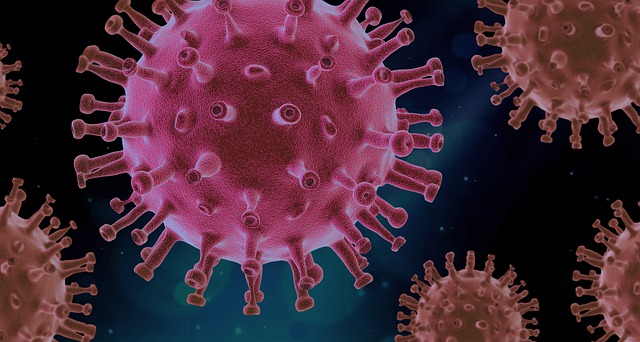


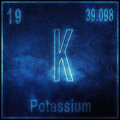

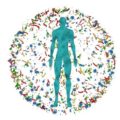



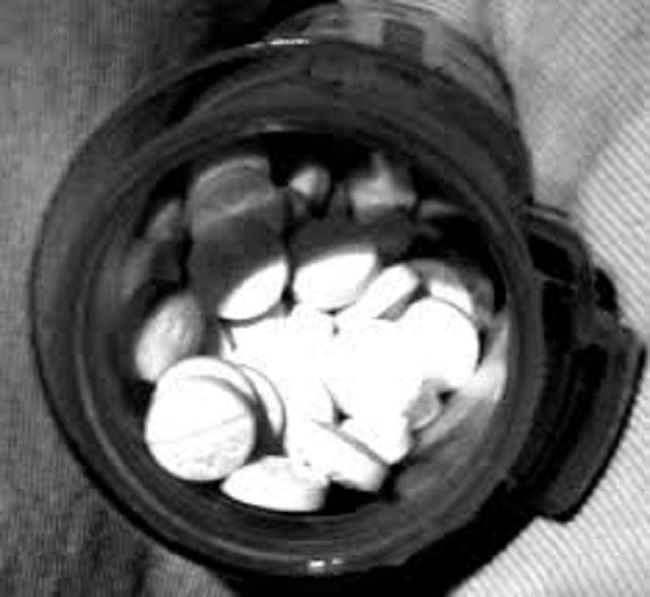
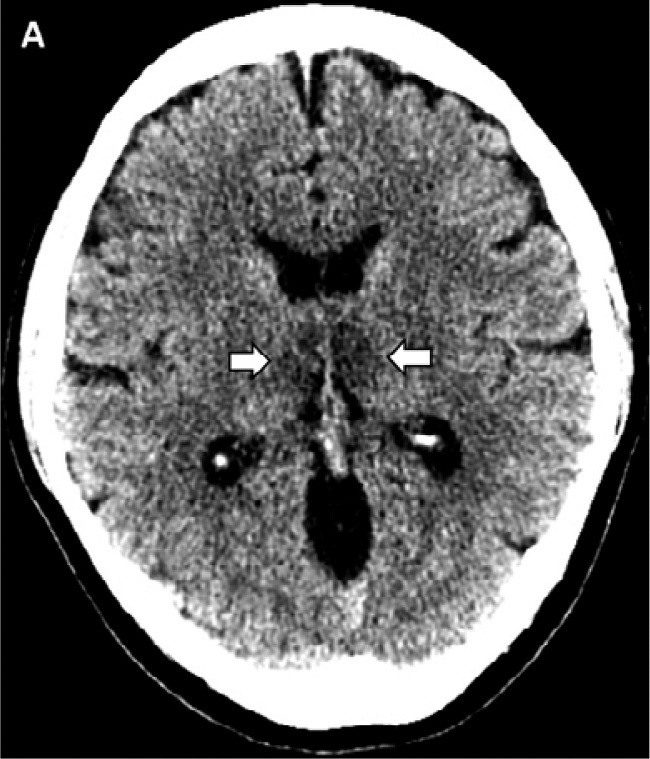



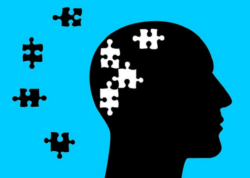
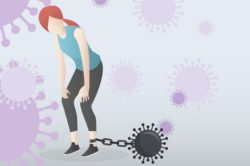
Thanks for sharing!
Hi. Can you name what kind of thiamine and magnesium and what doses would you recommend, especially during this time? Preventative and/ or during infection? Thanks in anticipation.
Read the many posts on this forum!!!
Hey derrick, Ive been thinking about the pertinent increase in lyme disease cases, in particular, individuals with relapsing arthritis and continuous symptoms despite antibiotic treatment. This seems to affect 15-20% of individuals treated. Other than the obvious genetic disposition what else could be causing this? With old and new information, it is speculated that the disease can initiate a type of post sepsis like immuno-suppression, where the bodies immune system is overwhelmed due to the toxicity of the shed proteins and antigenic variation of the disease. It can also cause retardation of b cell maturation, in what is integral to the functioning of adaptive immunity. I was thinking, might this post “sepsis-like” issue in 15-20% of the individuals be caused by a complete breakdown of metabolic integrity due to the incredible stress from the disease caused by the multitude of mechanisms in which the bacteria evades the host? May some function of the immune system be recovered after treatment of these individuals? I would like to believe that antibiotic treatment in conjunction with Thiamin and magnesium supplementation might be able to have a much better treatment outcome, so that the immune system is supplied with the energy needed to recover itself after an incredible stress.
The organism is, like yeast, an opportunist. It is able to detect the weakness of the patient’s defenses and the attack becomes a slam dunk! In my view, there is much evidence that the “weakness” reflects energy deficiency and the “war” is easily won by the organism. If I were in practice, I would give the patient a series of nutrient I/Vs to boost the energy deficiency. The defense is organized by the brain that uses huge amounts of energy and many of the symptoms are brain related.
Do you not also suggest potassium supplementation?
possibly, the potassium is there but distributed poorly because the pumps are lacking energy
No, this concept has not reached the collective psyche of the medical profession. It is an obvious reason for research in view of absence of any form of treatment in the present disaster.,
Thank you Dr. Lonsdale for you infinite wisdom….
interesting to note China just had to kill much of its pig population due to disease.
For a nation dependant on pork products (and rice)… this is significant.
Also pork is one of the highest sources of thiamine…
which shifts one dietary makeup toward possibly more rice…
which is exactly what began the story of beri beri
in 2967 BC in none other than …
China.
Is history repeating itself?
http://thiamine.dnr.cornell.edu/index.html
That is an interesting question. Those who ignore history are condemned to repeat it. Perhaps our chronic indulgence of sweet, sweeter, sweetest is the same mistake that the Chinese made, but in a different way. When the Chinese workers became more affluent they could afford to have their rice milled. The polishings, that contained the vitamins, were thrown to the pigs and the humans placed their (now) white rice in a silver bowl. They then invited their friends to dinner to show their new affluence.
No, this concept has not entered the collective psyche of the medical profession. It is clearly a opposition that requires research in view of the complete absence of any treatment for this overwhelming disaster
Sir, are any researchers or hospital docs caring for patients during this crisis here in the US or elsewhere, taking note of these observations and pursuing them as possible treatment and prevention methods?
Unfortunately, I very much doubt it